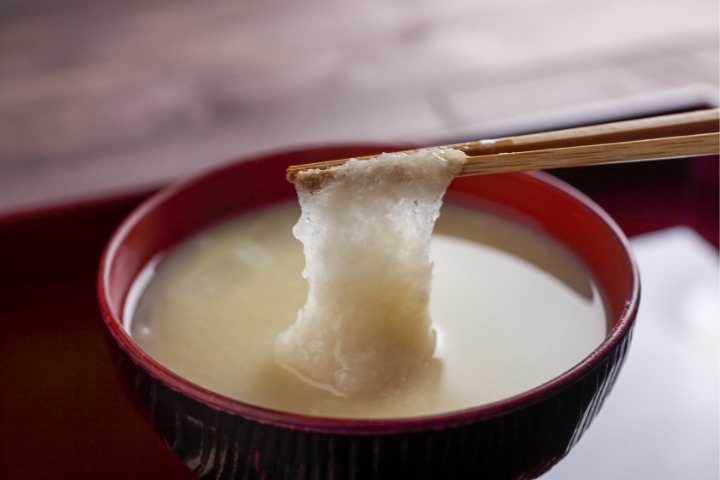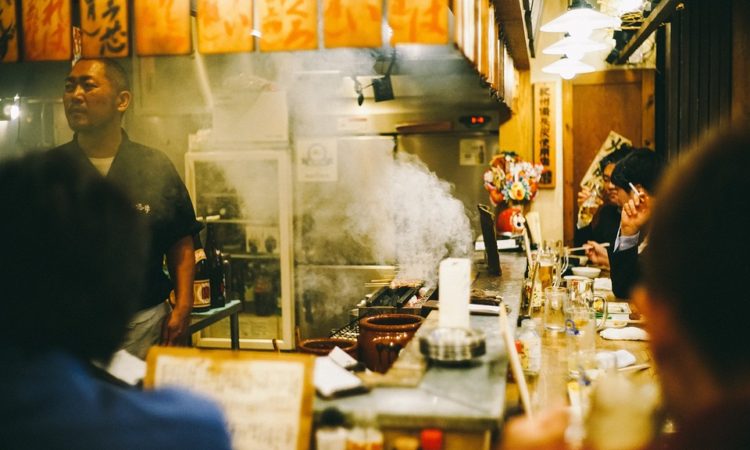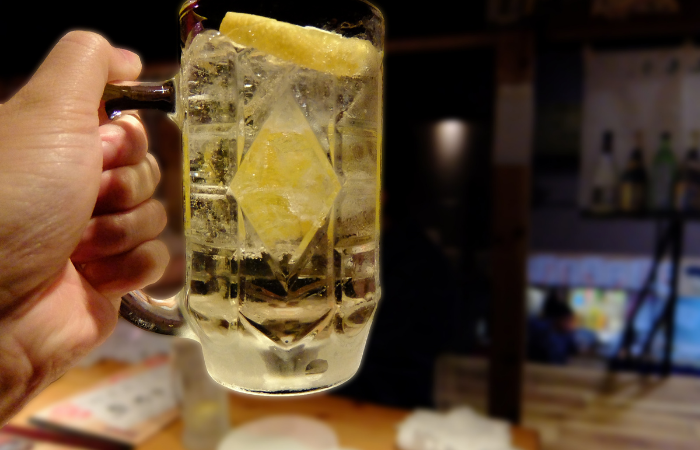This post is also available in:


A Taste of Japanese Traditional Rice Cake Mochi
Back in your home country, you probably have desserts you always look forward to after a meal, like pastry, pudding, as well as, traditional sweetened rice cakes. In Japan, one of its well-known desserts is a type of traditional rice cake called mochi.
Mochi, made from pounded mochigome or polished glutinous rice, nowadays are enjoyed as daily treat. However, back in the early times, mochi was made as an offering to the gods (Kami sama) at shrines and temples and afterwards shared among the people present during the ceremony. Mochi is also considered home to inadama or rice spirits themselves, and people believe those who eat mochi will receive strength and good fortune from the spirits.
Eventually, mochi became a staple food during New Year festivities, and this tradition is still practised today. In fact, Japan’s mochi tradition includes the kagami mochi. It is a New Year’s decoration made with two big mochi cakes that are usually displayed at Japanese homes until the mochi-breaking cermony, when families eat the mochi together. Back in the Philippines, a traditional sweet rice snack similar to Japanese mochi is called tikoy, which is also usually eaten during the Chinese New Year celebration.
How Mochi is Made

Photo Credit: Canva
Mochitsuki, which means mochi pounding, is the traditional method of making your favourite mochi. In this method, whole rice grains is soaked in water overnight and cooked until it is soft enough to be placed in a large bowl of wood (usu) and to be pounded using a wooden hammer (kine). I have seen how mochitsuki is done during the annual Bon Odori festival in Cebu, Philippines. The pounding usually is done by a group of people and takes up hours until the grains become soft and sticky paste.
What Are The Mochi Varieties
Japan’s mochi comes in many different forms, too, depending on the occasion – new year, spring, among other festivities. Here are a few you should try out.
Ozoni

Photo Credit: Canva
Is usually eaten on the morning of new year in Japan, and it also varies across the region. Finishing an ozoni is believed to bring good luck and long life.
Ichigo Daifuko

Photo Credit: Canva
Or the strawberry mochi is one of the best-sellers throughout Japan, and it’s also a personal favorite, obviously because of its huge strawberry at its core. Daifuku in Japanese literally means “big luck”, which mean eating them will give good fortune.
Sakura Mochi

Photo Credit: Canva
Or the sweet and salty cherry blossom mochi is recognisable because of its light pink color and pickled sakura leaf wrapped around it. Sakura mochi is enjoyed during the hanami season and Hinamatsuri (Girls Day) festival.
Mochi Ice Cream is Surely a Must-Try Before it Melts. You Shouldn’t Miss This!

Photo Credit: Canva
There are other varieties of mochi that you can find and try out while you are in Japan. If you are in Tokyo, you can check out the Mochi and Japanese Tea Cafe Gekko that offers fresh Japanese rice cakes daily. Enjoy your sticky delights!
Harumie/ Philippines
Related Articles






